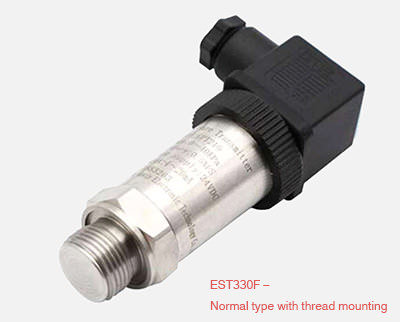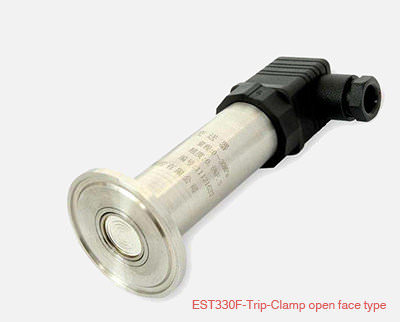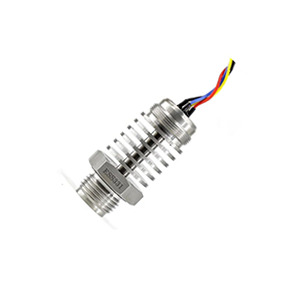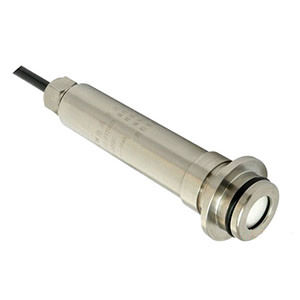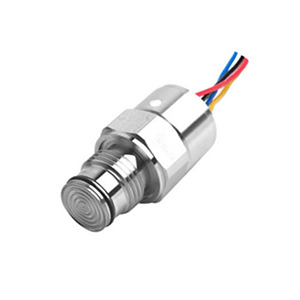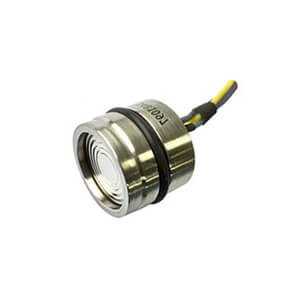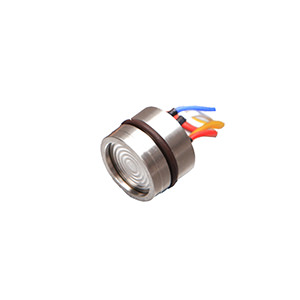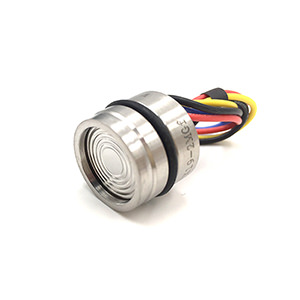The Flush Diaphragm Pressure Transmitter or transducer can do the same job which other conventional thread connection product can do, such as convert the applied pressure into an output signal of 4~20mA @ F.S pressure.
However, Flush Diaphragm Pressure Transmitter is also designed to be installed in a series of hazardous situation and is ideal for use in food, beverage sanitary, medical process and industrial applications where the media is either viscous, contains particulates or solids, which may probably cause the clog or foul.
What is Flush Diaphragm Pressure Transmitter?
The definition can come to many ways but the commonsense recognize that a Flush Diaphragm Pressure Transmitter is the one with flat surface at the end of the sensor, beyond the process threads and can be deployed in conjunction with viscous fluid or media that may clog a standard process connection or may be otherwise liable to block a standard inlet port as the diaphragm of flush type is open/flush mounted with no cavity.
A Simple Experiment
Let’s grab an egg and place it the palm of your hand, with the pointed end of the egg directed toward your fingers. Close your hand around the egg and squeeze. If you’re doing it properly, your fingers will be pressing down on the pointed end of the egg, and the rounded end will be settled in your palm.
You can squeeze as hard as you can and the egg won’t break. That’s because you’re applying even pressure where the egg is strongest. The eggshell is designed to withstand that kind of abuse. However, if you hit any part of the egg on any surface, it will crack.
A pressure sensor diaphragm is like an eggshell. It can withstand incredible pressure when it is applied evenly across the entire surface. However, putting pressure on a single area or point of the diaphragm will cause problems.
That’s because the diaphragm is very thin – a few thousandths of an inch. It’s actually quite impressive that such a thin sheet of metal can withstand high pressure – tens of thousands of pounds per square inch.
But when an object focuses pressure on a small area or point, the thin diaphragm will be damaged and the sensor may need to be recalibrated or replaced.
The Diaphragm
With most process connections, we can recess the thin diaphragm to protect it from contact with anything other than the process media. However, flush mount diaphragms remove that protection. Instead, the diaphragm is the flat surface at the end of the sensor, beyond the process threads.
The flush mount exists primarily for two major benefits:
- There is no recess that can become fouled or clogged.
- The sensor can measure flush to the pipe or vessel wall, reducing resistance and maintaining flow.
For the right application, these pros outweigh the cons of having an exposed diaphragm that must be handled carefully. You must keep anything from touching the sensor’s diaphragm except for the process media.
How Torque Affects Flush Mount Diaphragm?
It’s admitted that the torque applied during the installation or mounting process can significantly affect the performance and accuracy of flush mount diaphragm pressure sensors. Here’s how torque affects flush mount diaphragm sensors:
Diaphragm Deformation
The diaphragm is the sensing element in a flush mount pressure sensor, and it is designed to deflect or deform in response to applied pressure. When excessive torque is applied during the mounting process, it can cause mechanical stress and deformation of the diaphragm, even before any pressure is applied. This pre-stressed condition can lead to inaccurate pressure readings and potentially shift the sensor’s zero point.
Stress Concentration
Flush mount diaphragm sensors are typically designed with a thin, flexible diaphragm that is flush with the sensor body. When torque is applied unevenly or excessively during installation, it can create localized stress concentrations on the diaphragm, leading to non-uniform deformation and potential diaphragm failure or fatigue over time.
Hysteresis and Non-linearity
Excessive torque can introduce hysteresis and non-linearity in the sensor’s response. Hysteresis refers to the phenomenon where the sensor output differs depending on whether the pressure is increasing or decreasing, while non-linearity means that the sensor’s output is not proportional to the applied pressure across the entire measurement range. These effects can compromise the sensor’s accuracy and repeatability.
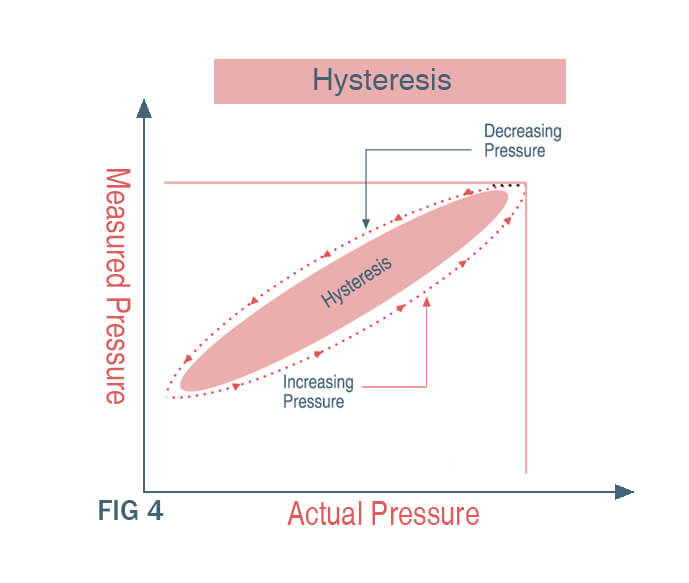
Sensitivity Shift
The sensitivity of a flush mount diaphragm sensor, which is the ratio of the output signal to the applied pressure, can be affected by excessive torque. The mechanical stress induced by torque can alter the diaphragm’s deflection characteristics, leading to a shift in the sensor’s sensitivity, which can cause measurement errors.
To mitigate the effects of torque on flush mount diaphragm pressure sensors, manufacturers typically provide installation guidelines and recommended torque values. These guidelines are based on the specific sensor design, materials, and intended application. Following these recommendations is crucial to ensure accurate and reliable pressure measurements.
Additionally, some flush mount diaphragm sensors are designed with torque-insensitive features, such as isolation rings or reinforced diaphragm structures, to minimize the impact of torque during installation. These design features help to decouple the diaphragm from the mounting stresses, enhancing the sensor’s performance and accuracy.
You might be thinking that these sensors sound like they can’t hack it in the real world. They certainly can and do with regularity. They simply require careful handling and installation.
Again, the pros outweigh the cons in the right applications. It’s simply the nature of exposing the sensing elements of a transducer designed to be responsive to small changes in pressure.
Highlight Features of EST330F
In terms of different situation, Eastsensor produce two kinds of Flush Diaphragm Pressure Transmitter,
- The normal type flush diaphragm
- The Tri-clamp mounting open face flush diaphragm
Both of them are made ruggedly by SS316L and can be deployed in critical process filed to eliminate any cavity that could form a clog.
EST330F Features goes below
- Unique flush stainless steel diaphragm eliminates any cavity that could form a clog
- SS316-gthick diaphragm provides higher overpressure and spike protection
- Available ranges up to 500 psi
- Wide range of mechanical and electrical connections
- ±0.50% accuracy
- Working temperature up to 150 ℃ (customized)
- IP65 with HSM/DIN43650 and IP68 with cable connection
- 1 year Warranty
- OEM available
Additional Posts which may be of interest
- What you should consider about before purchase pressure switches?
- Which Pressure Switch is suitable for you?
- Things you need to know about Diaphragm Pressure Gauges
- Do you really know your pressure sensor accuracy?
- Basic Knowledge You Need to Know about Pressure Gauge
- How to select Pressure Gauge?
- Pressure Switch V.S Pressure Transducer, what’s the difference?
- What is The Difference between Pressure Transducer and Pressure Transmitter?
- Pressure Sensor Technology Comparison
- 10 practices need to considerate before choosing pressure transducer
- What’s the role of smart sensors in Industry 4.0?
- How sensor has been rocking our world?

